1. Everyone in England Has Bad Teeth
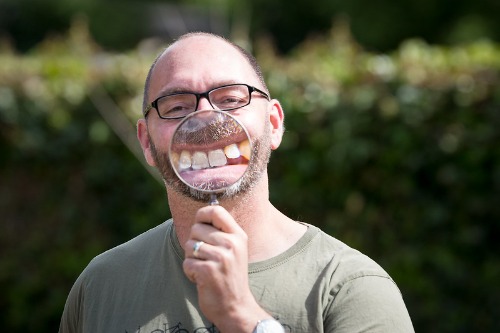
The “British bad teeth” stereotype is one of the most persistent myths in the U.S. It probably stems from different cultural standards around cosmetic dentistry, not actual dental health. Studies consistently show that the UK’s oral health is about the same as, or in some cases better than, that of the U.S. Brits just don’t obsess over perfect Hollywood smiles the way Americans do.
This doesn’t mean dental care is ignored in the UK—it’s just less tied to appearance. Orthodontics are available, but the focus is more on function than aesthetics. So when Americans make jokes about crooked teeth, they’re usually revealing more about their own beauty standards than about British reality. It’s a stereotype that feels dated and unfair.
2. Everyone in Australia Wrestles Crocodiles
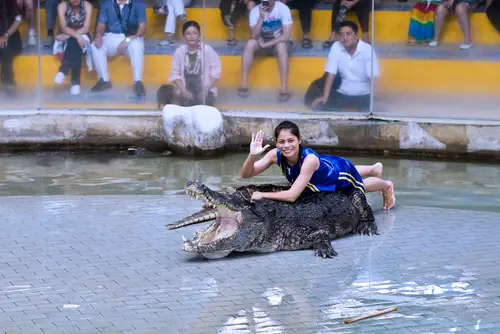
A lot of Americans think Australians spend their weekends dodging crocs or casually wrestling them for sport. This stereotype likely comes from movies like Crocodile Dundee and endless wildlife documentaries. While saltwater crocodiles are real and dangerous, the vast majority of Australians live in cities far from them. Most Australians are more likely to complain about traffic than about reptiles.
Crocodile encounters are extremely rare and happen mostly in the far north. Australians don’t treat them like backyard pests—they’re respected as dangerous animals and heavily managed by authorities. If anything, Aussies probably roll their eyes at the idea that they all wrangle crocs for fun. The reality is much more urban and laid-back than Americans imagine.
3. Canadians All Say “Eh” Constantly
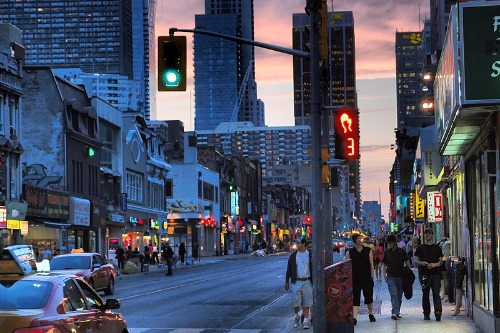
Americans love to poke fun at Canadians with the “eh” stereotype. Yes, Canadians do sometimes end a sentence with “eh,” but not nearly as often as pop culture suggests. It’s more common in certain regions and usually functions as a conversational tool, like saying “right?” or “you know?” in the U.S. Canadians don’t sprinkle it into every other sentence.
To many Canadians, the overuse of “eh” in American jokes feels cartoonish. Imagine if everyone assumed Texans say “howdy partner” constantly—it’s the same vibe. The reality is that Canadian speech patterns vary widely, and most of the time you wouldn’t even notice much difference from American English. It’s more nuance than stereotype.
4. Germans Don’t Have a Sense of Humor

This one comes up all the time: Americans assume Germans are too serious to laugh at anything. The stereotype probably comes from Germany’s reputation for efficiency and precision. But if you spend any time in Germany, you’ll find humor woven into daily life, from playful language quirks to goofy television comedies. Germans absolutely do laugh—they just don’t always share the same comedic style as Americans.
German humor tends to lean on wordplay, satire, and sometimes dark comedy. It might not always translate perfectly into English, which is why outsiders miss it. Oktoberfest alone is evidence that Germans know how to have a good time. The stereotype of a humorless nation is more about cultural misunderstanding than truth.
5. France Is Rude to Tourists
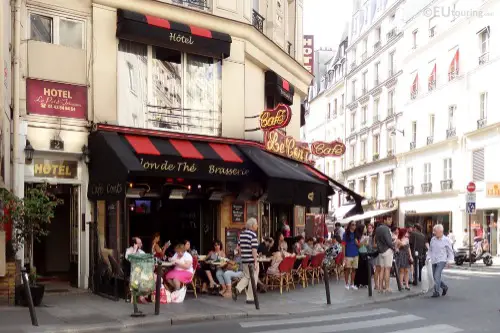
Americans often think French people are standoffish or rude, especially in Paris. The truth is more complicated—it’s mostly about cultural differences in politeness. In France, there’s an emphasis on formality, like greeting someone properly before asking for help. When Americans skip those niceties, it can come across as disrespectful.
Once you approach a situation with a little courtesy, you’ll usually find French people are warm and helpful. The “rude Parisian” trope has been exaggerated by frustrated tourists. Think of it as a mismatch in social expectations rather than actual hostility. France isn’t any ruder than any other country—it just plays by different rules.
6. Everyone in Africa Lives in Huts or Safaris

A common misconception in the U.S. is that Africa is a single giant safari park. In reality, Africa is a continent with over 50 countries, massive cities, and cutting-edge technology hubs. Places like Nairobi, Johannesburg, and Lagos are bustling urban centers with millions of residents. Americans often overlook this complexity because of one-dimensional media portrayals.
The safari and rural imagery comes from wildlife documentaries and outdated educational materials. It erases the fact that Africa has skyscrapers, universities, and thriving tech industries. People live in apartments, houses, and modern infrastructure, just like in the U.S. The “everyone lives in huts” belief is wildly inaccurate and unfair.
7. Italians Eat Pizza and Pasta Every Day
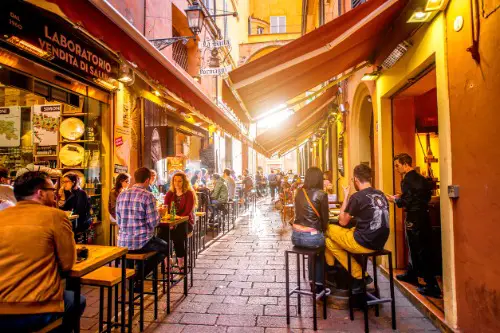
Thanks to Americanized Italian restaurants, many people in the U.S. assume Italians live on pizza and pasta alone. While those foods are part of Italian cuisine, the real diet is far more diverse. Italians eat lots of vegetables, seafood, beans, and regional specialties that don’t always make it into American menus. Meals are also structured differently, with a focus on freshness and balance.
Pizza, for example, is more of an occasional treat in Italy than an everyday meal. And pasta dishes vary widely by region, with many Italians eating them in smaller portions than Americans expect. The “pizza-pasta diet” image is more of an American projection than Italian reality. Italian food culture is way richer and healthier than the stereotype.
8. Russians Drink Vodka Like Water

It’s true that vodka has cultural significance in Russia, but the stereotype of Russians downing it nonstop is exaggerated. Alcohol consumption rates in Russia have actually declined sharply in recent years due to health initiatives. Many Russians prefer beer, wine, or even non-alcoholic drinks in daily life. Vodka is still part of traditions, but not an hourly ritual.
Americans often cling to this stereotype because it fits with broader clichés about Russia being “tough” or “hard-living.” In reality, attitudes toward drinking are changing, especially among younger generations. Russia, like anywhere else, has a mix of social habits when it comes to alcohol. The vodka-as-water myth is outdated and misleading.
9. Everyone in the Middle East Rides Camels

Hollywood loves to show deserts and camels whenever the Middle East is on screen. That’s led many Americans to believe camels are the region’s main form of transportation. In reality, cities like Dubai, Riyadh, and Doha are filled with cars, subways, and skyscrapers. Camels are part of cultural history, but they’re not how people commute to work.
Most people in the Middle East drive the same cars Americans do, and modern infrastructure dominates urban life. Camels show up more in festivals, tourism, and rural areas than in everyday city routines. The image of an entire region traveling by camel is more fantasy than fact. It’s the equivalent of assuming all Americans ride horses in cowboy hats.
10. Japan Is Always Hyper-High-Tech
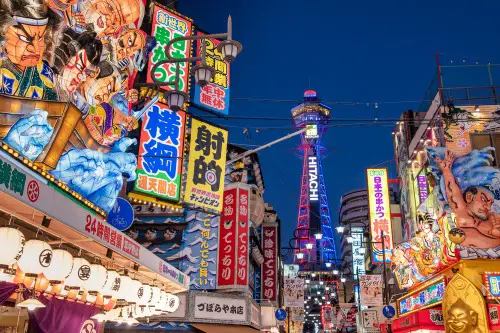
Americans often think Japan is like living in a sci-fi movie with robots serving coffee on every corner. While Japan is advanced in many ways, the reality is more nuanced. Not every part of the country is packed with neon lights and futuristic gadgets. Many rural areas look and feel just as traditional as small towns anywhere else.
Yes, Japan leads in robotics and innovation, but daily life balances old and new. You’ll see cutting-edge vending machines alongside centuries-old temples. People still use paper forms for official business in many places. The “everything is high-tech” assumption skips over the cultural mix that defines modern Japan.
11. Scandinavians Live in Constant Darkness
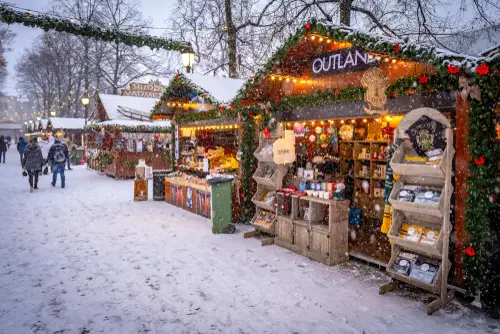
The stereotype that Scandinavia is in permanent winter gloom is only partly true. Northern parts of Norway, Sweden, and Finland do have long dark winters, but they also experience “midnight sun” in summer. That means some months are filled with nearly 24 hours of daylight. Americans often forget that the seasons balance out.
Cities like Stockholm or Oslo aren’t trapped in endless night—they have normal daylight cycles most of the year. Yes, winters are tough, but summers are vibrant and filled with festivals. Scandinavians adapt with cozy traditions like hygge to make winters enjoyable. It’s not the bleak, eternal darkness Americans sometimes imagine.
12. Everyone in Mexico Wears Sombreros and Rides Donkeys
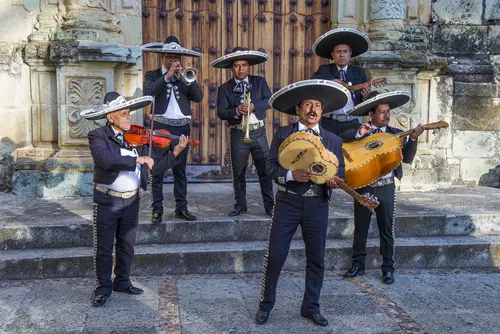
This stereotype is one of the most cartoonish but still persists in American media. Sombreros were traditional in some regions historically, but they’re not everyday wear for modern Mexicans. In cities like Mexico City, Guadalajara, or Monterrey, people dress just like anyone else in the Western world. The donkey-riding image is also a relic of old movies and caricatures.
Mexican culture is incredibly diverse and modern, with bustling cities, universities, and thriving industries. Of course, rural traditions still exist, but they don’t define the entire nation. To paint Mexico with sombreros and donkeys is to miss its rich contemporary identity. It’s a stereotype that erases the country’s real vibrancy and complexity.
This post 12 Things Americans Believe About Other Countries That Are Wildly Inaccurate was first published on American Charm.


